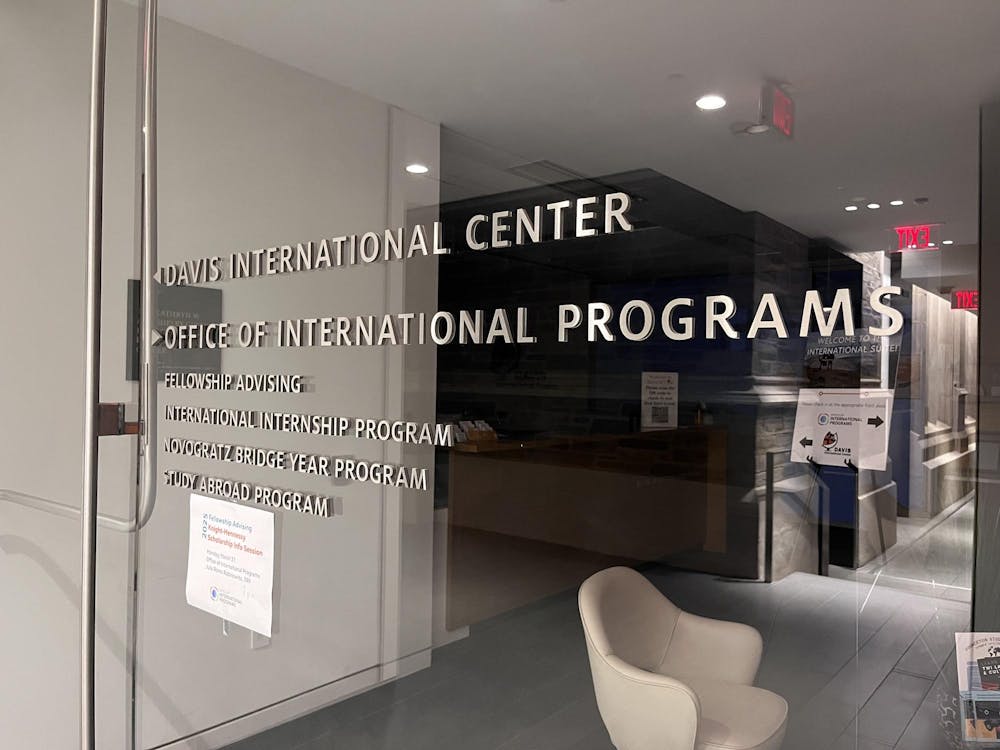Wilson School professor Douglas Massey GS ’78 and Jacob Rugh GS studied the relationship between the rates of mortgage foreclosure and the level of black-white segregation in the largest 100 metropolitan areas around the country.
They found that the rates of mortgage foreclosures were greater in minority neighborhoods than in majority neighborhoods, even when they controlled for potentially confounding variables such as credit score.
“We discovered that segregation basically creates low-income, minority neighborhoods, and these became targets for mortgage brokers during the housing boom,” Massey explained. “So, when the bubble burst, black neighborhoods ... ended up with more foreclosures than you would have expected given market indicators.”
This mortgage foreclosure crisis was in part due to the rise of mortgage-backed securities in the 1990s. Instead of waiting for loans to be paid back, lenders started selling the promise of repayment to investors, including big banks.
All of this left issuers increasingly willing to offer loans unlikely to be repaid by homebuyers. As economics professor Elizabeth Bogan explained, “the issuer had no stake in the possibility of default.”
Massey and Rugh identified a racial element to this process, as lenders sold a disproportionate number of these mortgages in minority communities.
“A careful reading of recent scholarship on segregation and mortgage lending reveals ... that racial discrimination occurred at each step in the complex chain of events leading from loan origination to foreclosure,” they wrote.
Massey explained that since he has been studying issues of race in the United States for 30 years, the results of this study did not come as a surprise.

For Rugh, however, some of the results were unexpected.
“What surprised me was just how strong the relationship was,” Rugh said. “It didn’t matter how we specified the model — the relationship between segregation and mortgage foreclosure was always significant.”
Several Wilson School professors offered their own perspectives on the research.
Wilson School professor Hugh Price — who as president of the National Urban League worked to encourage African-American home ownership among other steps toward social and economic empowerment — said the study “affirms a deeply held suspicion of many in the African-American and civil rights community that African-American homebuyers were steered into substandard financing at a disproportionate rate and into mechanisms that placed them at a greater risk when the meltdown happened.”

Bogan, meanwhile, offered an explanation of the situation rooted in economics.
“The affluent people who wanted houses already had houses, so if you’re going to have a system which makes loans to new people, there are going to be subprime mortgages,” she said, adding that the lenders were simply turning to new markets.
“Finding new markets meant finding underprivileged America — unfortunately, often African-Americans,” she noted. “I don’t believe that it was intentionally racist.”
The authors said they have received both positive and negative feedback on their study.
Rugh said that he hopes “calls for more enforcement will be heeded, so that we can avoid crises in the future.”







